17 October 2025
Learning Phonics In An Early Age
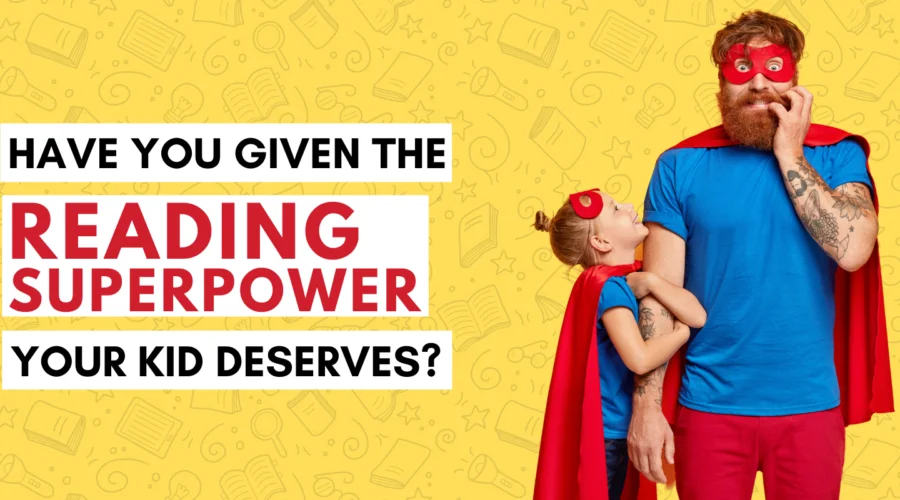
Learning Phonics In An Early Age
posted on : 14 January 2022
Before diving into the importance of the subject, it is fairly crucial that we understand what Phonics actually means.
What is Phonics?
Phonics is a method of teaching to read by correlating sounds with symbols in an alphabetic writing system. With the use of Phonics – anyone, be it a child just starting to learn to read or an avid reader who reads regularly can better understand reading and writing of the English language.
Phonics is widely accepted and regarded well in terms of teaching children how to read and/or write well. Children usually come across difficult words in their daily lives. Pronouncing and writing the words will become a cakewalk for them once they learn to read with phonics techniques.
Let’s take an example of decoding phonics buzzwords that children hear in daily conversation, and how basic phonics can help them in reading words with the correct pronunciation.
- Grapheme: a written letter or group of letters, like ‘s’, ‘a’, ‘she’ or ‘air’. Some graphemes are single letters like ‘a’; others are digraphs like ‘ai’.
- Digraph: two letters that make one sound together, like ‘sh’, ‘ai’, ‘oo’.
- Phoneme: the sound a letter or group of letters make – e.g. the word ‘mat’ has three phonemes, ‘m’, ‘a’ and ‘t’. The word ‘through’ is longer, but it also has three phonemes, ‘th’, ‘r’ and the ‘oo’ sound in ‘ough’.
- Sounding out:using your phonic knowledge to help you say each sound within a word, e.g. ‘r-e-d’ or ‘s-au-ce-p-a-n’.
- Blending: running the sounds in the word together to read the whole word, e.g. ‘r-e-d, red’, ‘s-au-ce-p-a-n, saucepan’.
- High-frequency words:(also known as ‘common exception words/sight words / tricky words’): are very important, very common words which we use a lot, but which aren’t always decodable using phonics. This includes crucial words like ‘the’, ‘one’, ‘where’, etc. Children are taught to recognise these words on sight – a few of these words are introduced and learnt at a time
The question here is not whether children come across such a word or not, the question is, if it does, they would be able to spell it properly or read it properly.
Learn2Read Super Teachers always look for ways to make learning go beyond and teach phonics techniques in a much easier-to-remember manner. In language learning, the etymology of words helps in moving beyond a single domain of learning. Etymology helps us in better understanding any word and remembering its meaning in the long run.
Take our demo class and open the gates of learning for your child now.
Latest Posts
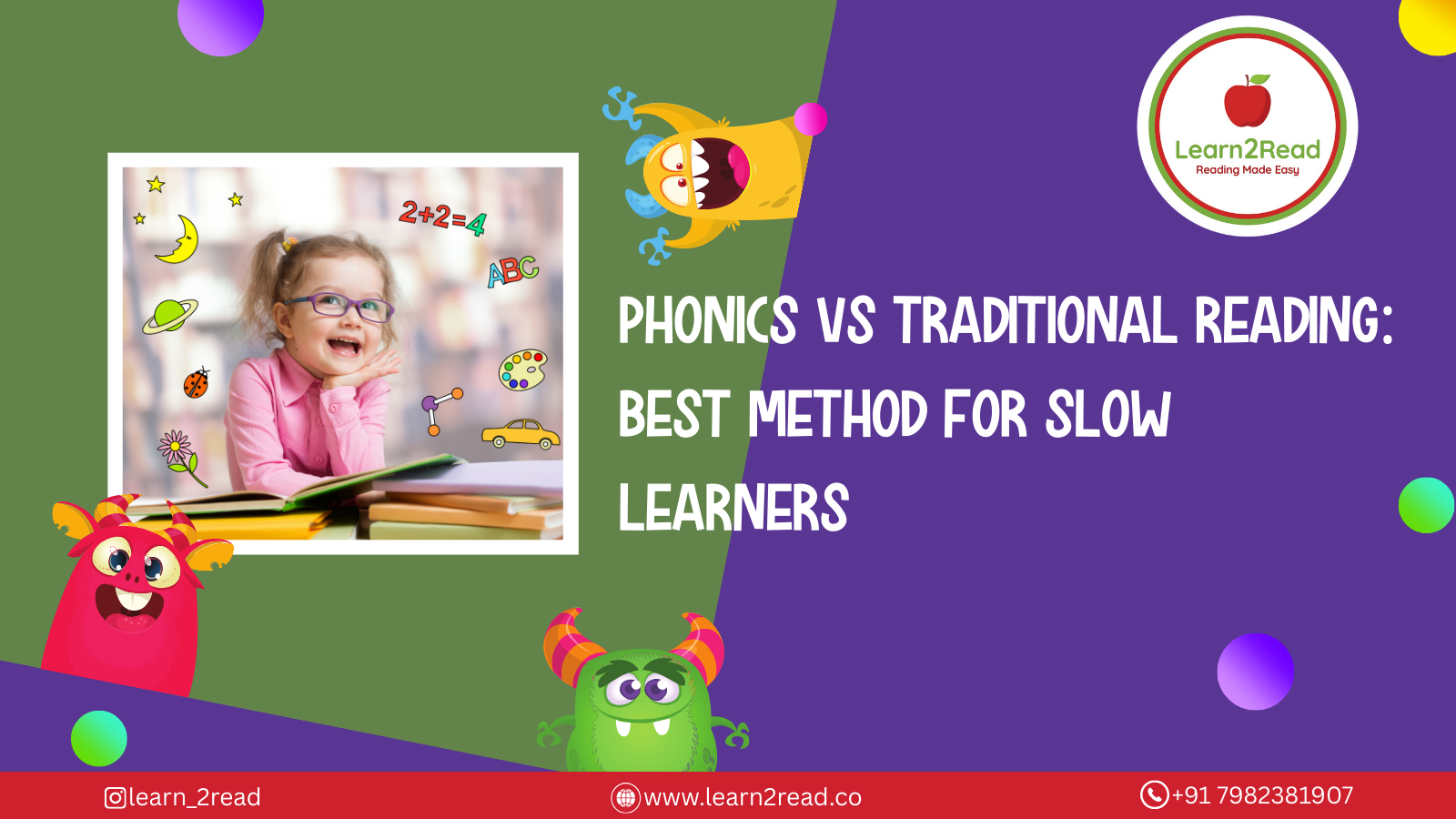
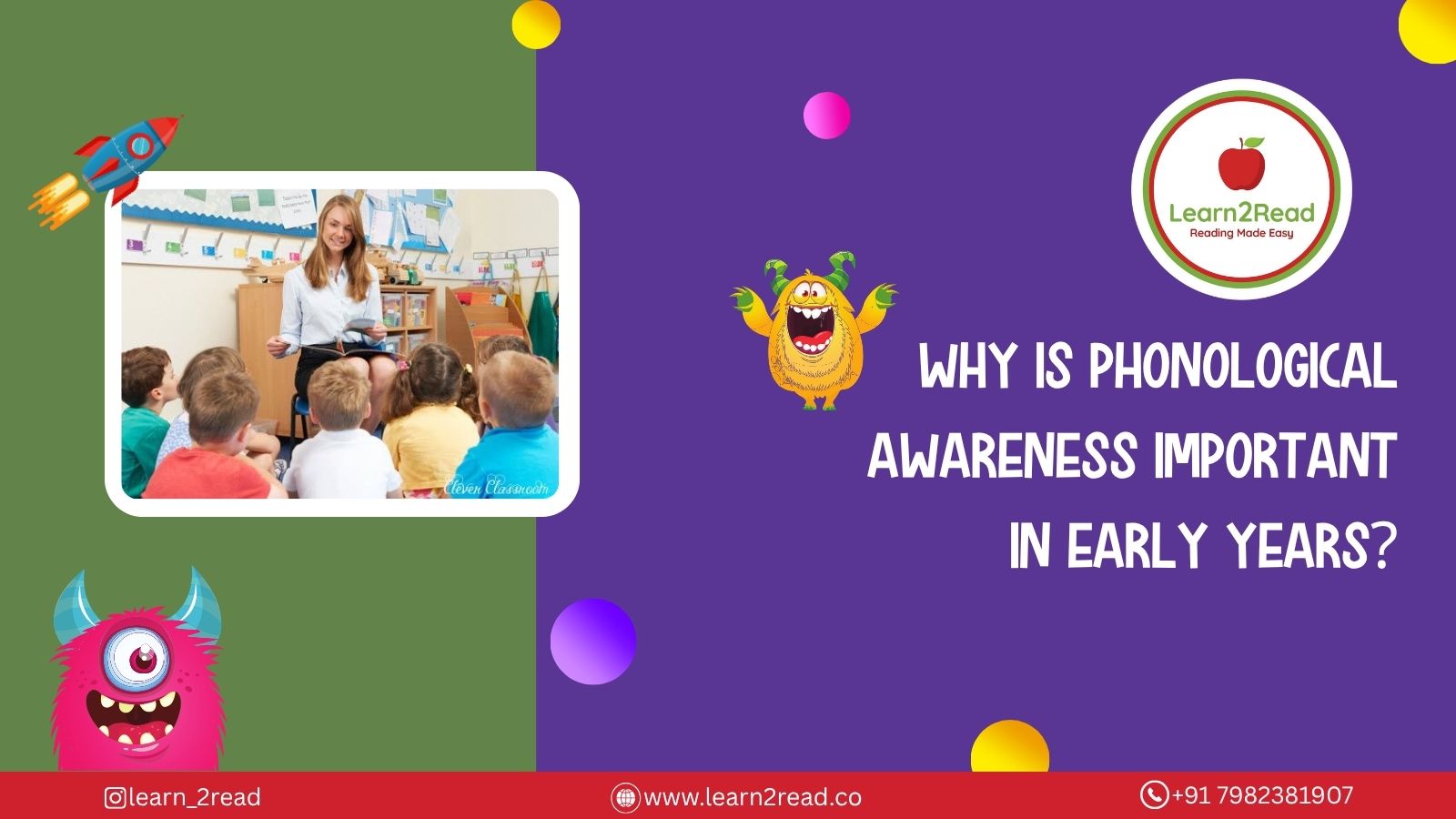
17 October 2025
10 Fun Phonics Awareness Activities for Preschoolers
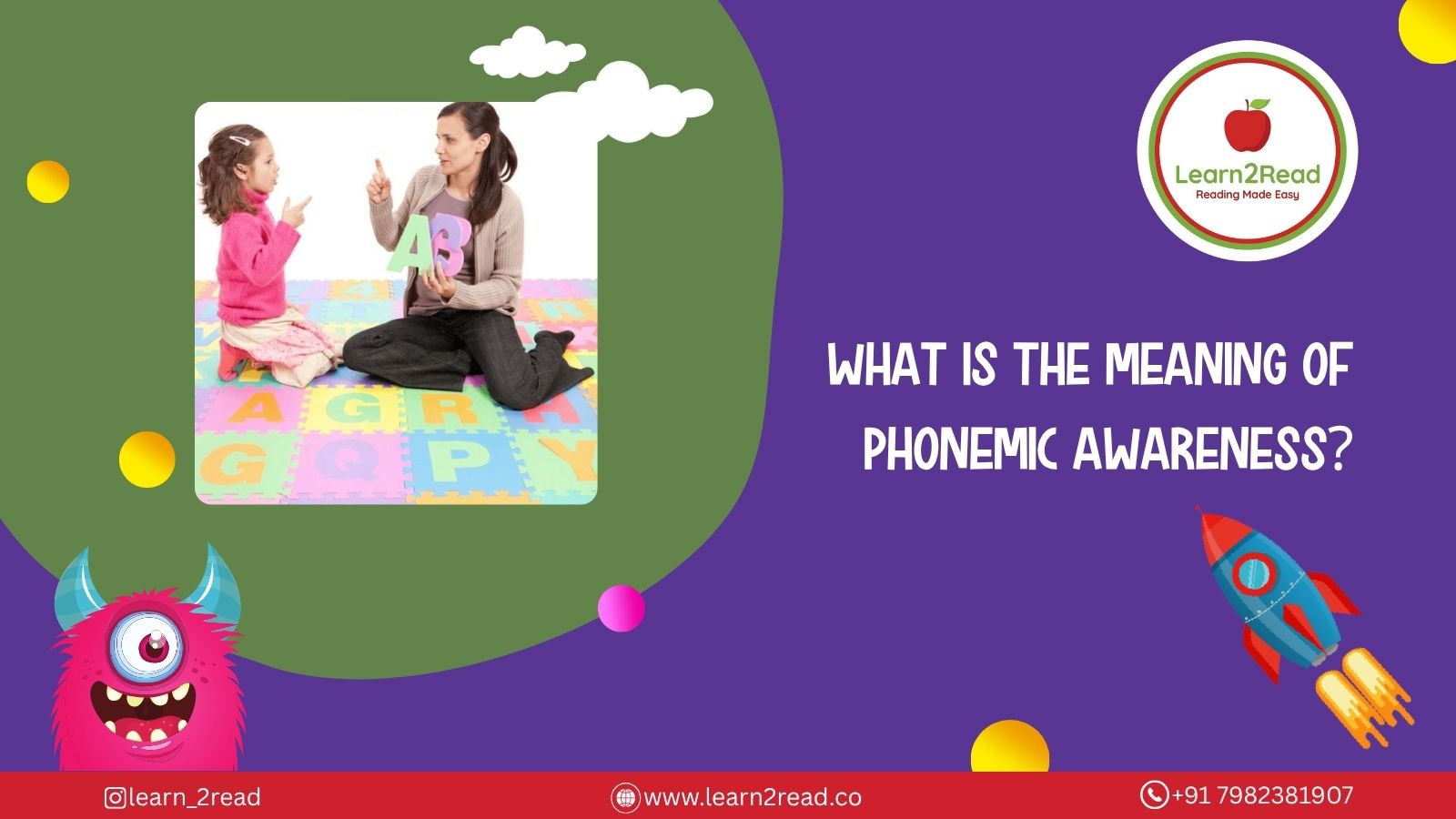
17 October 2025
What is the Meaning of Phonemic Awareness
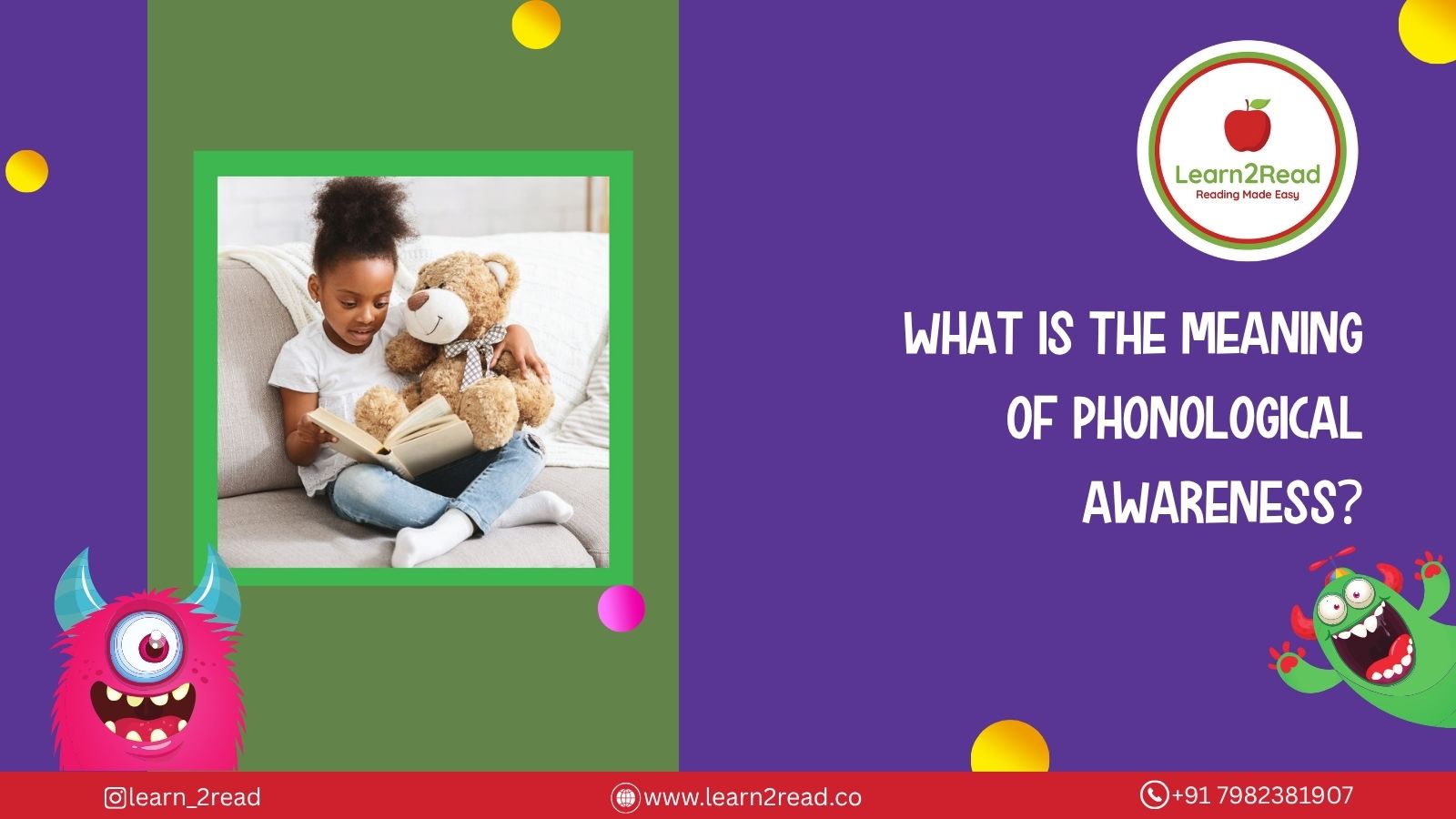
17 October 2025



